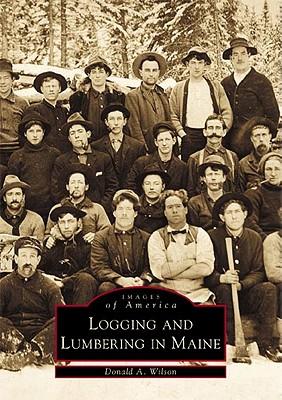Go inside the people, places, forests and machines that made Maine the logging and lumber giant it is today.
Known as the Pine Tree State, Maine once led the world in lumber production. It was the first great lumber-producing region, with Bangor at its center. Today, the state has nearly 18 million acres of timberland, and forest products still make up a major industry. The state's lumber industry went through several historical periods, beginning with the vast pine and spruce harvests, the organization of major corporate interests, the change from sawlogs to pulpwood, and then to sustained yields, intensive management, and mechanized harvesting.
At the beginning, much of the region was inaccessible except by water, so harvesting activities were concentrated on the coast and along the principal rivers. Gradually, as the railroads expanded and roads were constructed into the woods, operations expanded with them and the river systems became vitally important for the transportation of timber out of the woods to the markets downstate. Logging and Lumbering in Maine traces these developments in the industry and examines the history from its earliest roots in 1630 to the present, providing a pictorial record of land use and activity in Maine.
